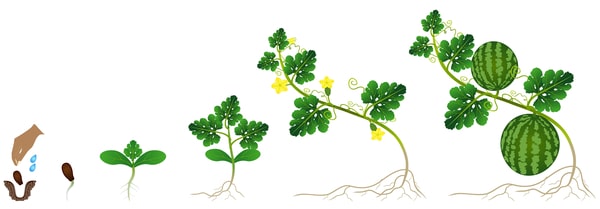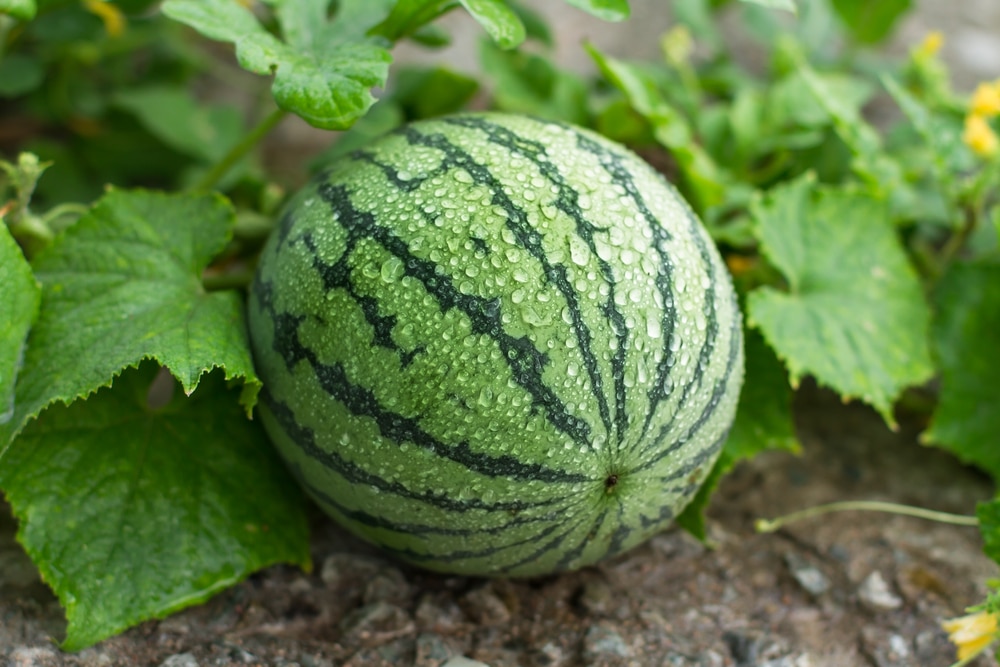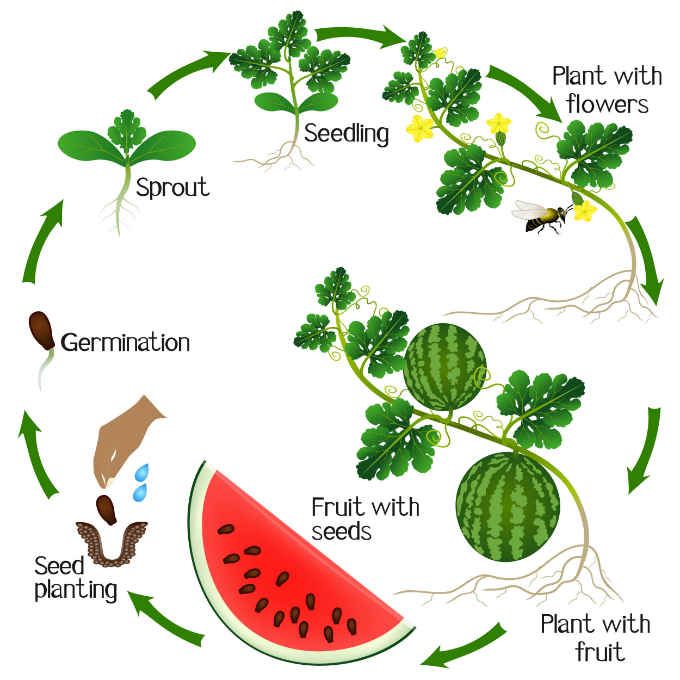Introduction
Nature has some of its secrets that it needs mankind to explore. For starters, watermelon growing stages is a topic that will surely gather your attention. You might have learned in your secondary school classes how a plant grows and reproduces. Do you ever give a thought to any of the specific plants?
May it be fruits or vegetables, large trees, or evergreen plants, all of them have a unique growing method. Sometimes this is similar to the rest of the plants. Other times you will find this process to be truly unique. Many people are wondering about watermelon growing stages, and it is time that we share these details with them.
Watermelons a luxury that everyone can afford
Watermelons are the fruits that are loved the most by the public. There are several reasons for their popularity. First, they are huge, offering you a huge amount of fruit. Plus, the high water content in them keeps your body hydrated. Plus, we all know that watermelons are extraordinarily delicious. Therefore no one can stay away from these beautiful creations of nature.

The watermelon growing stages
If we talk about the stages of the growth of the watermelons, then we will learn that the complete process is divided into eight different stages. The names of these stages are mentioned below for the enhancement of your knowledge:
- Planting of watermelon
- Germination of the seeds
- Sed sprouting
- Vegetative growth
- Branching of the plant
- Flower production and the pollination process
- Setting of fruit
- Harvesting of watermelons
A detailed analysis
You might like to get a detailed review of all of the stages of growth of watermelons. Therefore we have arranged a brief overview of every stage for the enhancement of your knowledge:
1. Planting of watermelon
If we start with the name of the first stage in the growth process, it would be the planting of watermelons. It depends upon the climate of the area where you live. There are several early -season based varieties that might go well if you live in colder regions.

Since the growing season of these fruits is comparatively long so, plan the seeds in early spring in warm areas to get the desired result. A person must analyze the planting medium thoroughly, especially the space for growth and the drainage mechanism for effective growth.
2. Germination of the seeds
Once the seeds are sown, the growth process starts immediately. The very first stop will be the germination of the seeds. Now you might be wondering about it. So let us tell you that the Watermelon seeds do not germinate if the temperature of the surroundings is lower than 18 degrees Celsius.
The necessity of water in germination
The germination of the seeds is directly associated with water, and for roots to come out of the shell of the seed, the water is the main source. The complete germination process takes 3 to 12 days.
3. Seed sprouting
The germination of the seeds will lead you to the sprouting of the seeds. In this stage of growth, you will come across sprouts and the leaves of the plant that are referred to as embryonic leaves. The sprouting process is quite delicate, and the plant must be handled with extreme care under such conditions that the plant is not destroyed before its complete growth. You must keep conducting the watering process to avoid hassle and wait until the vine has grown 6 to 10 inches to make any further moves.
4. Vegetative growth
Once the sprouting stage is passed, you will witness an immediate increase in the growth rate of the watermelon plants. In the first 5 to 10 days, you will witness the baby leaves. It is these leaves that conduct photosynthesis and keep the plant alive.
The quick growth rate
The growth will be quite rapid, which can be noticed after a couple of weeks. This growth process will lead your vine to a height mark of 12 feet. Just after one month of the planting of the watermelons, you will observe that new vines have also been sprouted.
5. Branching of the plant
The branching is actually the sprouting of new vines from the already-grown ones. Due to this branching process, you now have to increase the quantity of the plant’s nutrients to ensure that the plant and fruit get the desired nutrients. The branching will keep on conducting till the flowering process initiates.
6. Flower production and the pollination process
Flowers are the actual reason for the production of fruits and the reproduction of plants. Now let us tell you that the male and female parts of the flowers exchange pollens. This process is termed pollination. The pollen enters the ovary and fertilizes the ovule. As a result of this, the plant is fertilized. The ovule turns into a seed, and the ovary turns into the fruit.
7. Setting of fruit
Once the pollination process is complete, the formation of fruit will start immediately. In the start, it would be like a small bulge on the female flower. Later it will swell up and will grow large enough to form a watermelon. Nitrogen fertilizer should be utilized during this period to provide enough nutrients to the growing fruit.
8. Harvesting of watermelons
Once all the processes are complete. The watermelons are already framed. It is now time to get the fruits of your hard work. The harvesting period starts. You should look for the signs of which one is ripened and which one is not. If you are looking for a sweet watermelon, then go with the ones have webs or the ones producing hollow sounds.
Also Read: Beat Stress and Succeed
Conclusion
The watermelon growing stages are mentioned above. They help us understand that the growth of plants is a natural process that does not have a second. We hope we will also get acquainted with the growth stages of other fruit plants.





